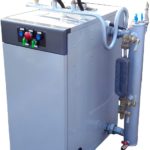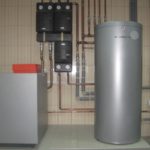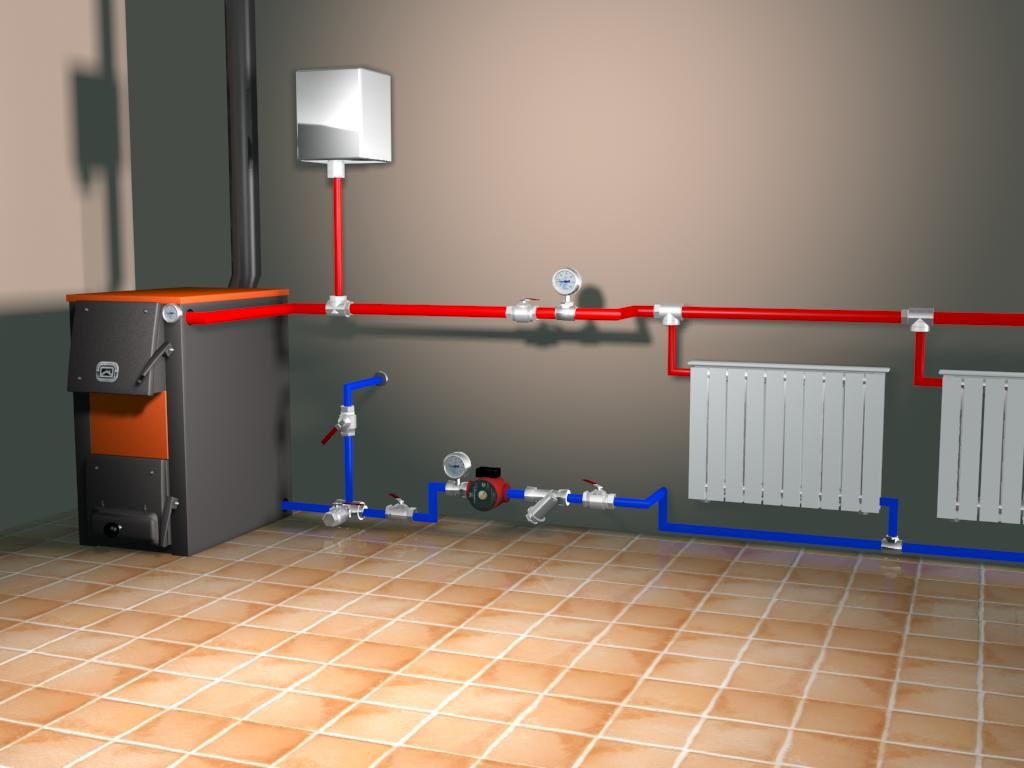What water level should be maintained in the boiler?
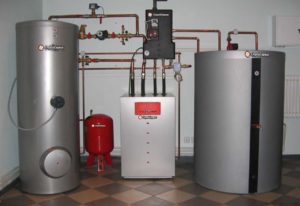 At industrial and manufacturing enterprises, various thermal units operating under pressure are used for heat supply: water heating and steam boilers, gas and steam pipelines, compressor units.
At industrial and manufacturing enterprises, various thermal units operating under pressure are used for heat supply: water heating and steam boilers, gas and steam pipelines, compressor units.
The content of the article
What is the minimum water level in the boiler?
Steam boilers are universal coolants for water and steam heat supply systems. They find application not only in conventional industrial boiler houses, but also in mixed enterprises where steam and hot water supply are required.
Water heating boilers are one of the simplest schemes for releasing heat in the form of hot water. The main difference between such boilers and steam boilers is that steam droplets do not form inside the pipes. In steam boilers, such vapor formation contributes to salinization of the liquid and overheating of the metal.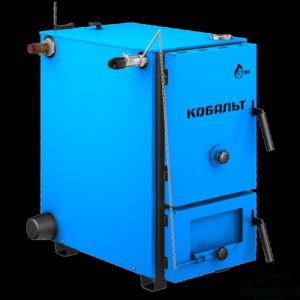
During the operation of boilers, the following disturbances are possible: loss of water, an increase in the level above the maximum norm, water entering the fuel elements, sudden temperature changes, boiling of water and its release into the superheater. As a result of these violations, a water hammer occurs and, as a consequence, an emergency situation in the heat supply system.
The average level in the boiler is set by the manufacturer and adjusted based on startup tests. High-quality regulation of the water level in the boiler unit ensures its stable operation. Therefore, strict requirements are put forward for control accuracy.
Typically, control of the power system is determined by the steam production of boilers, which is carried out by special regulators. The regulators are designed to influence the degree of opening of the supply valve. They are single-pulse, double-pulse and triple-pulse. Depending on the steam and feedwater flow, the regulators control changes in the power supply system. A sight glass placed on the regulator can serve as an indication device.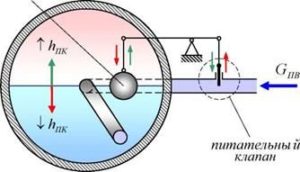
The boiler drum level indicates the balance between steam flow and feedwater flow. Detection of deviations from the average indicates an imbalance in the nutritional system. Deviation is also possible due to changes in steam pressure in the boiler drum.
Maintaining the average level should be stable even with changes in steam output.
A level deviation from the average value of 150 mm from the highest heated point of the drum and the connection of the lower pipes is considered an acceptable minimum level.
Reference! If the water level drops below the visible part of the sight glass, the change is called a "drop". When increasing, the level “re-drinks” occurs. The distance between these limit values can be 400 mm.
If the water is below the minimum
If the level decreases below the permissible limit, then circulation may be terminated. Due to a stop in the circulation system, a sharp jump in temperature occurs. Such a failure can lead to disruption of the entire power system. The steam-generating pipes are exposed, then they are cooled, the strength at the connecting points is compromised, which subsequently leads to burnout of the entire system.
The main reasons for water loss:
- damage or stoppage of automatic power supply;
- damage to water indicators;
- lack of water in the deaerator;
- violations in the work of personnel;
- malfunction of drain elements.
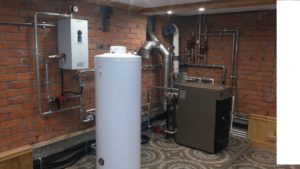
If the level drops below the minimum, the operator, in accordance with the “Rules for the design and safe operation of steam and hot water boilers,” must carry out an emergency stop of the boiler unit. This is done by stopping the transfer of fuel and accompanying components. Liquid discharge is possible as a result of cooling the temperature to no higher than 70 degrees Celsius.
The importance of maintaining the water level in the boiler
The need to maintain the liquid level in the drum makes it possible to provide constant power to the boiler. An increase in the upper limit level causes temperature fluctuations inside the device and leads to boiling. With intense steam formation, a sharp release of salts occurs, which leads to skidding of the superheater, the turbine running gear and, as a result, a decrease in its efficiency and throughput.
Boiling is also possible due to low quality liquid, large amounts of impurities and petroleum products. In this case, increased scale formation occurs and subsequently overheating of the pipes. To eliminate the cause of boiling, it is necessary to reduce steam production, fuel consumption, close the main shut-off valve and carry out continuous or periodic purging. Blowing allows you to remove scale converted to sludge.

Reference! According to the rules of the State Supervision Service, it is prohibited to operate a boiler even with one faulty element. A faulty valve in the regulator, pressure gauge, metal corrosion in high-stress elements, lack of a spare feed pump, faulty filters - all this can lead to boiler explosions or a fire in the boiler room.
All of the above causes of malfunctions in the boiler power system take an integrated approach. For high-quality operation of the boiler, it is necessary to pay attention to the manufacturers of boiler installations, monitor fluid parameters, avoid errors in measurements, and take timely measures to correct problems.

